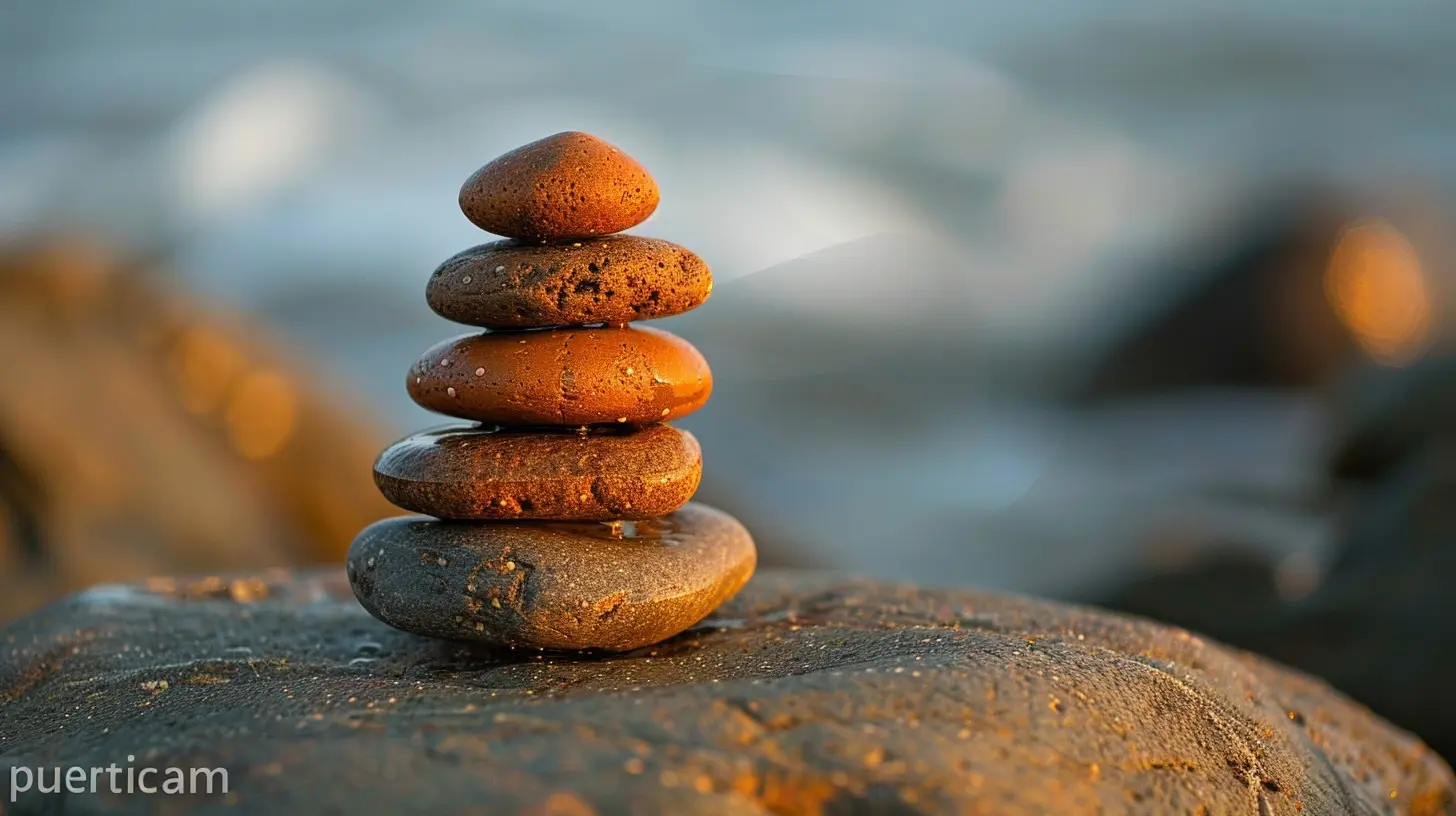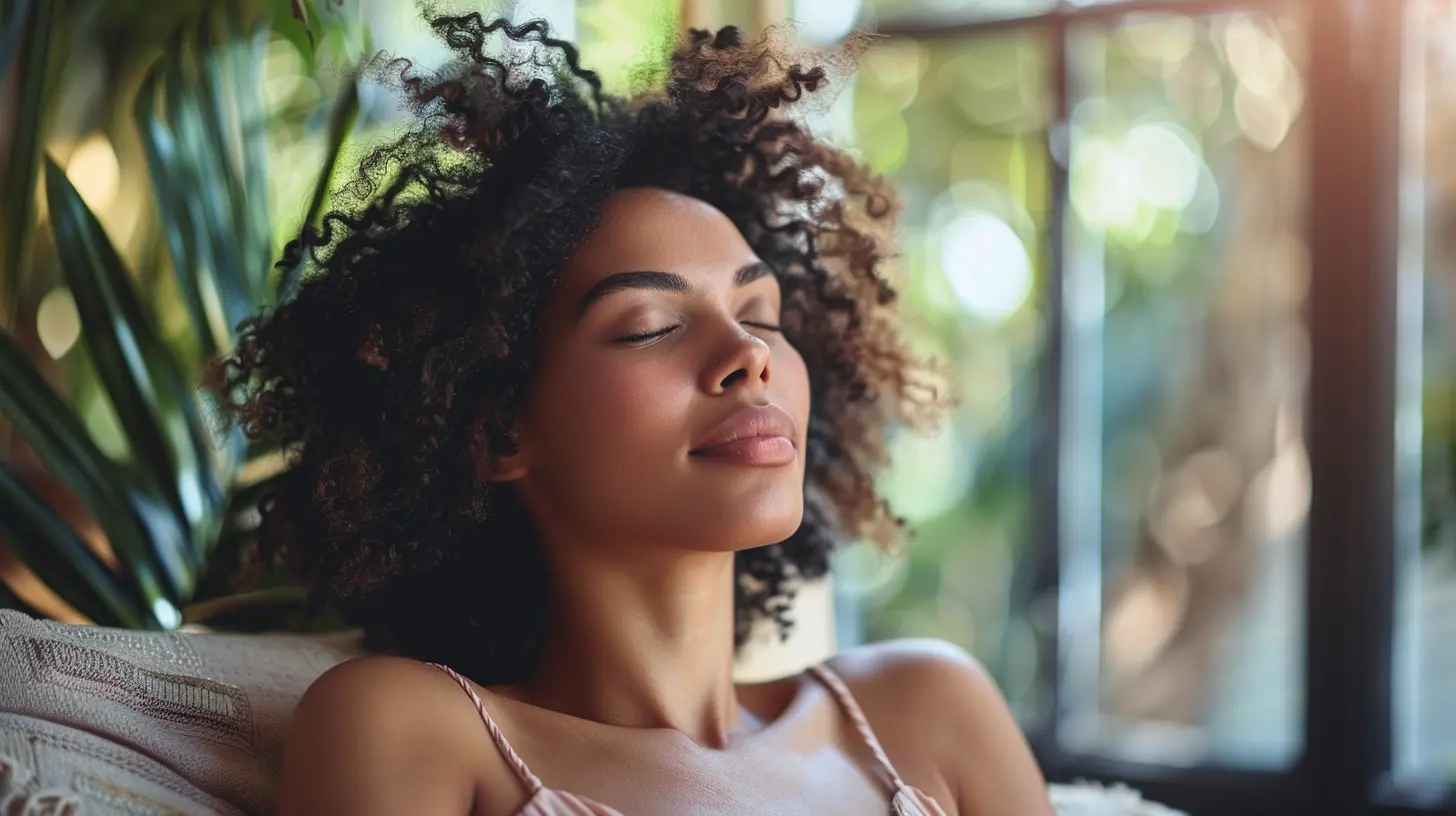The Mind-Body Connection: How Relaxation Techniques Reduce Stress
8 September 2025
Ever felt so stressed that your body starts acting up? Maybe your heart races, your stomach churns, or that nagging headache won’t go away. It’s not just in your head—your mind and body are closely connected. In fact, they’re in constant communication.
Welcome to the fascinating world of the mind-body connection, where your thoughts, emotions, and physical health play on the same team. And guess what? You have more control than you think. This article dives into how you can actually use your body to calm your mind, and vice versa, through simple yet powerful relaxation techniques.
Let’s break it down, one breath at a time.
What is the Mind-Body Connection?
You might be wondering, “Isn’t it obvious that the mind and body are connected?” Sure, but the depth of this connection might surprise you.The mind-body connection refers to the way your thoughts, feelings, beliefs, and attitudes can positively or negatively affect your biological functioning. At the same time, what you do with your physical body—like what you eat, how much you sleep, or how you move—can impact your mental state.
Ever felt butterflies in your stomach before a big presentation? That’s your brain sending a stress signal that your body physically responds to. It works both ways. Quieting your body can quiet your mind.
Stress: The Modern-Day Villain
Let’s talk about everyone’s least favorite party guest: stress. It shows up uninvited, overstays its welcome, and brings all its nasty cousins—fatigue, anxiety, irritability, and worse—along for the ride.Stress isn’t all bad. In small doses, it can help you meet deadlines or escape danger. But when it overstays, your body starts to feel like it’s always in “fight or flight” mode. That’s when the trouble begins—high blood pressure, weakened immunity, insomnia, and even depression.
So how do we kick stress to the curb? That’s where the magic of relaxation techniques comes in.
How Relaxation Techniques Tap Into the Mind-Body Connection
Relaxation techniques are kind of like hitting the reset button on your nervous system. They flip the switch from “fight or flight” (your sympathetic nervous system) to “rest and digest” (your parasympathetic nervous system). This shift allows your body to lower stress hormones like cortisol, slow your heart rate, and deepen your breathing.It’s like gently pressing the brakes when your mind is stuck in overdrive.
Let’s dig into some effective relaxation techniques and how they work through the mind-body connection.
1. Deep Breathing: Breathe In, Stress Out
Good ol’ deep breathing. It sounds so simple, right? It is. And that’s what makes it so powerful.When we’re stressed, breathing becomes shallow and fast, which feeds anxiety. Deep breathing does the opposite.
Try this:
- Inhale deeply through your nose for four seconds.
- Hold it for four.
- Exhale slowly through your mouth for six.
- Repeat.
This activates your vagus nerve, telling your brain, “Hey, we’re safe. We can chill now.” It's a direct line from your body to calm your mind.
Benefits:
- Lowers blood pressure- Reduces anxiety
- Improves focus
- Enhances oxygen flow to your brain
2. Progressive Muscle Relaxation: Let It Go, One Muscle at a Time
Have you noticed how your shoulders creep up to your ears when you’re stressed? Or how your jaw clenches without you realizing it?Progressive muscle relaxation (PMR) helps you become aware of this tension and release it bit by bit. It’s all about tensing and then relaxing different muscle groups, moving from your toes to your head.
It’s like giving your body a permission slip to relax.
How to Practice:
- Start with your feet: tense the muscles for 5 seconds, then release.- Move up through your calves, thighs, abdomen, chest… all the way to your face.
- Focus on the contrast between tension and relaxation.
Benefits:
- Enhances body awareness- Improves sleep
- Dials down anxiety and stress
- Helps with chronic pain
3. Mindfulness Meditation: Right Here, Right Now
Mindfulness isn’t about becoming a monk or sitting cross-legged for hours. It’s simply bringing your attention to the present moment without judgement.When your mind runs wild with “what-ifs” and “should-haves,” mindfulness pulls you back to now. And when you're present, stress takes a back seat.
Quick How-To:
- Sit comfortably.- Focus on your breath.
- If your mind wanders (and it will), gently return to the breath.
- No judgement. Just awareness.
Benefits:
- Reduces rumination (overthinking)- Increases emotional resilience
- Boosts immune function
- Enhances mental clarity
4. Visualization: Picture Your Peace
Close your eyes and imagine a place where you feel completely safe and relaxed. Maybe it’s a beach, a cozy cabin, or floating on a cloud. Visualization uses the power of imagination to tap into your parasympathetic nervous system.Your brain doesn’t always know the difference between real and imagined experiences. So visualizing calm? That’s like giving your brain a mini vacation.
Benefits:
- Triggers relaxation response- Can reduce physical pain
- Improves mood
- Enhances athletic and performance focus
5. Yoga: Moving Meditation
Yoga isn’t just about twisting your body into pretzel shapes. It’s a physical and mental practice that combines movement, breath, and mindfulness.Each pose helps stretch and strengthen the body, while the breathwork centers the mind. Think of it as a workout for both your muscles and your mood.
Benefits:
- Reduces levels of cortisol (stress hormone)- Improves flexibility and balance
- Enhances sleep and energy levels
- Cultivates present-moment awareness
6. Aromatherapy: Scents That Soothe
Smells are powerful. A whiff of lavender or eucalyptus can instantly shift your mood. That’s because our olfactory system is directly connected to the brain's emotional center.Using essential oils during relaxation practices can amplify your body's response. Think of it as setting the stage for calm.
Best Oils for Stress Relief:
- Lavender- Chamomile
- Frankincense
- Bergamot
Benefits:
- Enhances relaxation techniques- Triggers positive emotional states
- Can ease tension headaches
- Supports better sleep
Why the Mind-Body Connection Matters for Mental Health
We’re so used to separating “mental” health from “physical” health. But honestly, it’s all one big circle.When you reduce physical stress responses, your mind benefits. When your thoughts are calmer, your body follows suit. It's a constant feedback loop.
And long-term? Tapping into the mind-body connection through relaxation can:
- Reduce the risk of chronic illness
- Improve coping strategies
- Strengthen emotional regulation
- Build resilience against future stressors
So instead of just coping with stress, you’re actually retraining your brain and body to live in a more balanced state.
When to Practice Relaxation Techniques
You don’t need a crisis to practice these tools. In fact, the best time to use them is regularly, not reactively.Here’s how you can sneak them into your day:
- Start your morning with deep breathing or a short meditation
- Take a midday stretch or do PMR at your desk
- Wind down with yoga or visualization before bed
Think of it like brushing your teeth—but for your brain.
Final Thoughts: Your Body is Talking. Are You Listening?
The mind-body connection is real, and it's powerful. By learning and practicing relaxation techniques, you're literally rewiring how your body handles stress.Don't wait for a breakdown to start tuning in. Use these tools daily. Make them habits. Because when your mind and body are in sync, life just flows better.
Stress won’t disappear entirely, but you’ll be better equipped to handle whatever gets thrown your way—with grace, resilience, and a deep exhale.
So, what are you waiting for? Breathe in… breathe out… and begin.
all images in this post were generated using AI tools
Category:
Stress ReliefAuthor:

Gloria McVicar
Discussion
rate this article
1 comments
Greyson McGuffey
Relaxation techniques effectively bridge the mind-body connection, promoting mental well-being and reducing stress. Incorporating these practices can lead to lasting improvements in overall health.
October 1, 2025 at 4:25 AM

Gloria McVicar
Thank you for your insightful comment! I completely agree that relaxation techniques are essential for enhancing the mind-body connection and fostering long-term mental and physical health.


